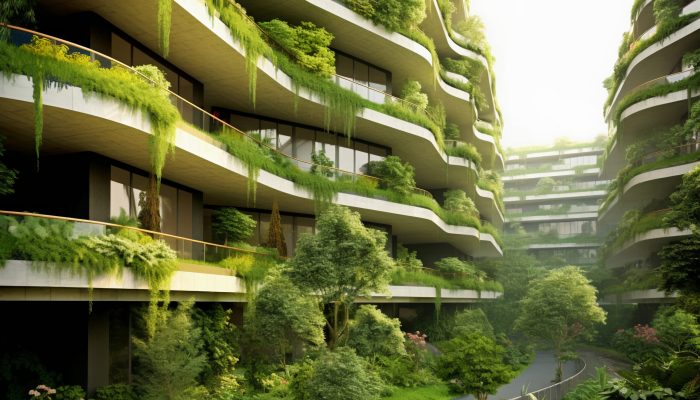Green Structural Capital
There is not a unique and well-defined definition of sustainability. Sustainability is an extraordinarily complex concept, which incorporates many distinct aspects and nuances and refers to the environment, the economy, and society. One element to take into consideration in the discourse on sustainability is the Green Structural Capital.
Green Structural Capital refers to both tangible and intangible assets that provide some benefits and added value for human beings and the world. This type of sustainable capital refers to natural resources that enable the functioning of ecosystems and provide beneficial services. It encompasses also built infrastructures and human-designed assets that are used to support life and provide various services essential for human well-being. Green structural capital plays a crucial role in maintaining ecosystem health and resilience. These environmental services are not only vital for human survival but also essential for sustaining economic activities.

Digging into the characteristics of green structural capital, it is possible to note that different types of green structural capital exist within our natural and built environments. There are forests, wetlands, coastal ecosystems, green infrastructures that mimic natural functions, agricultural lands, buildings, and infrastructures incorporating green features, and ecological networks connecting fragmented habitats and allowing migrations and movements.
Green structural capital is essential for many different reasons. It maintains biodiversity and protects natural habitats, enhancing ecosystem services. It also plays a crucial role in mitigating climate change. Through sustainable practices, green structural capital can also promote sustainable land use. This turns into natural environments that, thanks to green structural capital, become more resilient and beneficial for human health and well-being. Green structural capital, indeed, is connected to positive impacts such as water purification, carbon sequestration, soil fertility, climate regulation, and habitat provision.
To understand the importance of green structural capital and ensure its sustainable management, it is fundamental to measure and analyze it. Many various tools and methods to make this assessment exist. To identify and quantify the value of green structural capital’s services it is possible to conduct an ecosystem services assessment. It is possible to use accounting methodologies to evaluate the stocks and flows of natural resources. Cost-benefit analysis is the popular tool used to assess the economic feasibility of projects or policies; whereas, if the assessment is to be done to a product or activity, the Life Cycle Assessment is the comprehensive methodology to consider. The Environmental Impact Assessment is a systematic process to assess the potential environmental impacts of projects. Remote sensing technologies, such as GIS and satellites, are the most suitable methods to map and analyze ecosystems and lands. Engaging all the stakeholders through participatory and co-designing activities and integrating the measurements into economic and financial systems is the best approach to evaluating the green structural capital’s potential benefits.
Finally, businesses should be aware of their power to preserve and enhance green structural capital by simply adopting sustainable practices, such as expedients connected to more efficient use of energy and better conservation of water. Moreover, by recycling and engaging with ethical and sustainable suppliers, enterprises can boost green structural capital. The use of low-emission material, constant quality maintenance, and green cleaning practices, together with care for local plants are also beneficial activities to boost the performance of green structural capital. By incorporating these sustainable practices into green structural capital, businesses can contribute to the green transition towards a better future.

Funded by the European Union. Views and opinions expressed are however those of the author(s) only and do not necessarily reflect those of the European Union or the European Education and Culture Executive Agency (EACEA). Neither the European Union nor EACEA can be held responsible for them. 2022-1-NL01-KA220-VET-000087087

